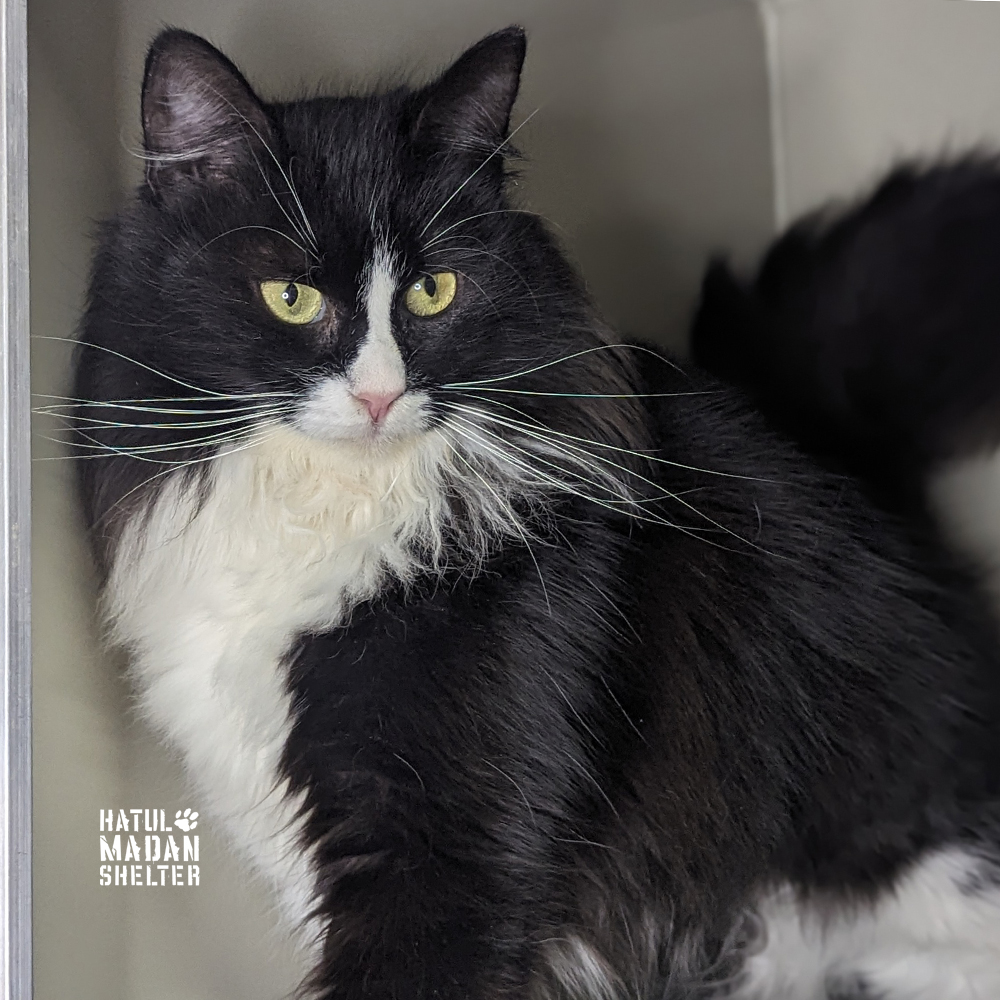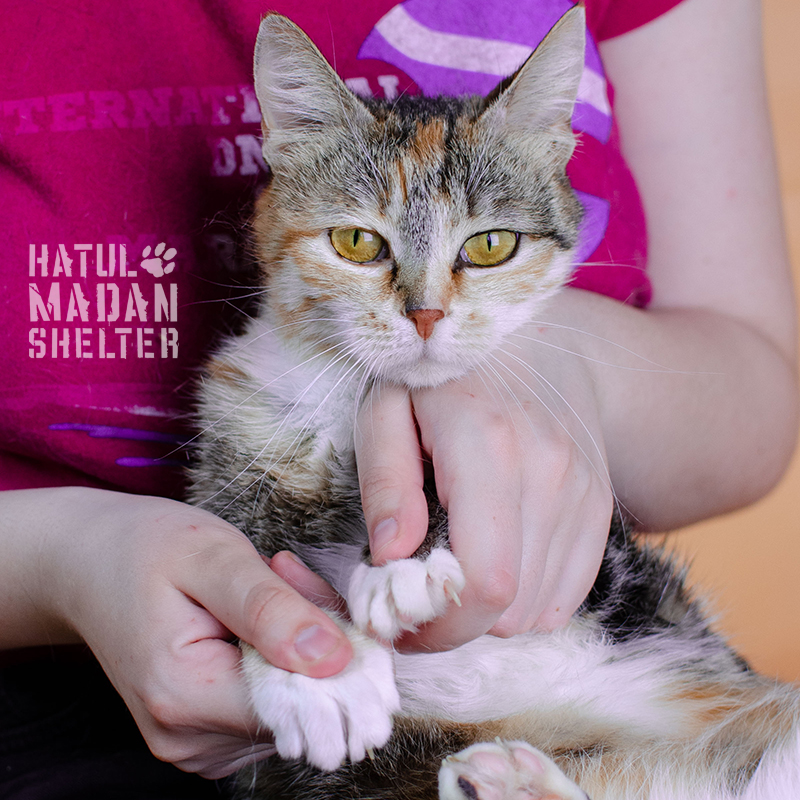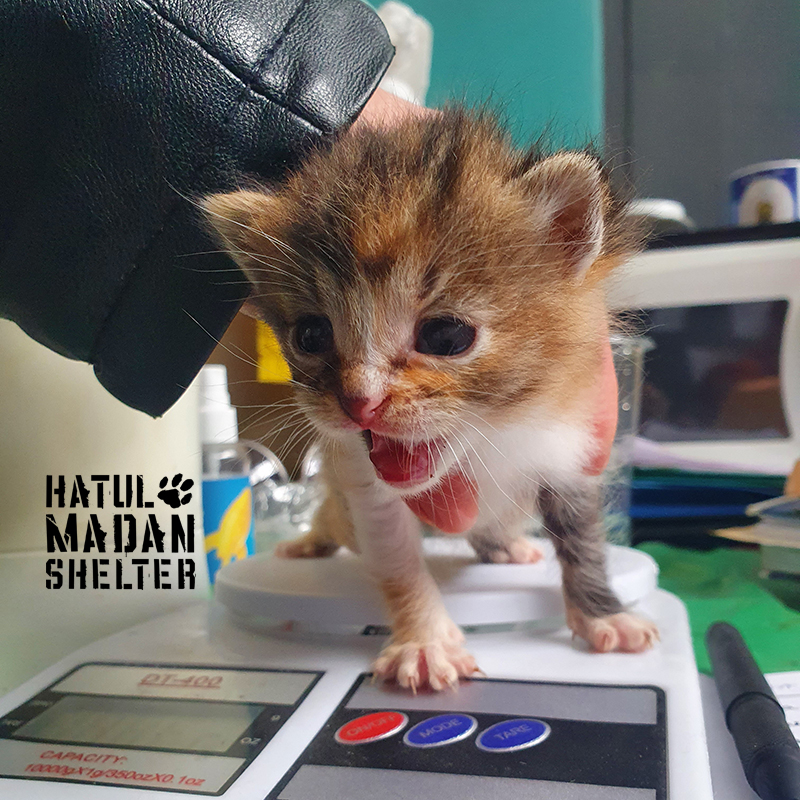

Feline viral leukemia, FeLV, FLV is a viral disease that damages the cells of the immune system. Feline leukemia virus (FeLV) is a retrovirus that belongs to the same group of viruses as HIV, but it is not transmitted to humans.
Leukemia affects cats of all breeds. This disease is more common among male cats than female cats, because the main source of infection is bites during fights.
However, saliva, urine, milk, and secretions can also serve as a source of infection. Kittens can become infected with the virus in utero or while nursing their mother's milk.
Infection with the virus often occurs through saliva, when cats lick each other's fur, and eat from the same bowl - that is, they are somehow in close contact.
This virus can " sleep” for a long time in the cells of a kitten or cat’s body during so-called latent period. The virus inserts its DNA into the cat's DNA, creating the opportunity to develop the disease a significant time after the initial infection.
The virus lives outside the cat's body for only a few hours.
After entering the body, the virus begins to multiply in the lymph nodes and then enters other organs (with the lymph flow) and the bone marrow. In the bone marrow, stem cells begin to produce modified cells. Many organs and systems are affected.
How does leukemia manifest? Often in the form of chronic wounds and infections, lymphoma, anemia, etc.
This is a chronic infectious disease, under the influence of which the infected cat becomes very vulnerable and may develop other diseases, such as:
- cancer;
- inflammatory processes in various organs;
- reproductive disorders.
Anemia can occur due to viral attacks on the bone marrow, resulting in decreased production of red blood cells (RBCs). Pets with anemia tend to be lethargic and have poor appetite.
Chronic wounds or infections are another common problem associated with FeLV. This occurs when the virus attacks the bone marrow in the same way, as in anemia, but this time it affects the white blood cells (leukocytes). White blood cells are essential to fight infection. Symptoms of this problem: lethargy, poor appetite, swelling, pain when touched.
Leukemia is incurable, and cats with this diagnosis can only receive symptomatic treatment. Unfortunately, it has been estimated that 80-90% of infected cats die within 2-3 years due to a FeLV diagnosis.
Thanks to vaccination, this disease is much less common than before: less than one percent of cats are infected. Unfortunately, shelter residents often manage to become infected with leukemia while living on the street.
Remember that you can protect cats from this terrible virus through vaccination! Take care of your pets!



